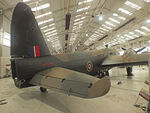 |
RAF Museum, Cosford |
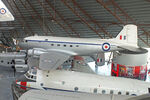 |
RAF Museum, Cosford |
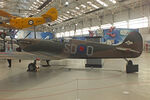 |
RAF Museum, Cosford |
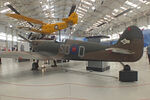 |
RAF Museum, Cosford |
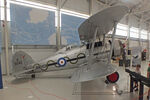 |
RAF Museum, Cosford |
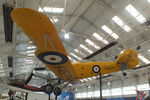 |
RAF Museum, Cosford |
 |
RAF Museum, Cosford |
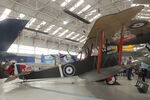 |
RAF Museum, Cosford |
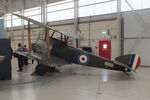 |
RAF Museum, Cosford |
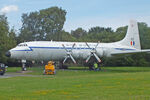 |
RAF Museum, Cosford |
 |
RAF Museum, Cosford |
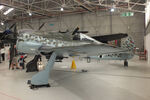 |
RAF Museum, Cosford |
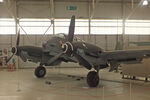 |
RAF Museum, Cosford |
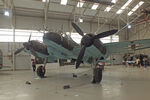 |
RAF Museum, Cosford |
 |
RAF Museum, Cosford |
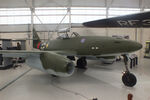 |
RAF Museum, Cosford |
 |
delivered to the RAF in 1990 as a GR.7 then upgraded to GR.9A spec at BAe Warton in 2004. Delivered to the RAF Museum 19/12/2011 |
 |
preserved at the RAF Museum, Cosford |
 |
suspended from the ceiling in the National Cold War Exhibition hangar at the RAF Museum, Cosford |
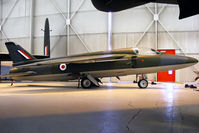 |
The first Folland Gnat F1 from the batch of six development aircraft the fly |
 |
veteran of the 1st Gulf war preserved at the RAF Museum, Cosford |
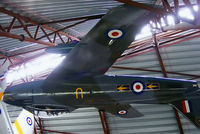 |
suspended from the ceiling in the National Cold War Exhibition hangar at the RAF Museum, Cosford |
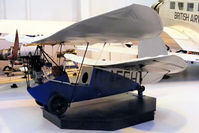 |
displayed at the RAF Museum, Cosford |
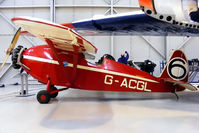 |
displayed at the RAF Museum, Cosford |
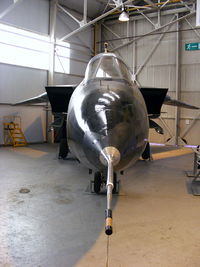 |
at the RAF Museum, Cosford |
 |
This Nimrod made it's final flight in to Kemble 29/07/2011 where it was dismantled by ASI. It was transported to the RAF Museum at Cosford by road on 10/03/2012 |
 |
51 Squadrons disbandment scheme |
 |
delivered to the RAF Museum, Cosford 12/08/2011 |
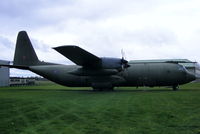 |
delivered to the RAF as a C Mk 1 in 1967. converted to a C Mk 3 by Marshall of Cambridge in 1982 |
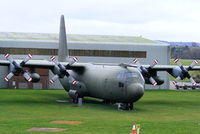 |
now displayed at RAF Museum Cosford, this was the last RAF C130K Mk.3 to be retired |
 |
preserved at the RAF Museum, Cosford |
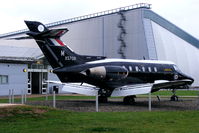 |
preserved at the RAF Museum, Cosford |
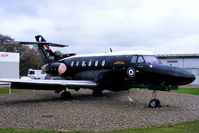 |
preserved at the RAF Museum, Cosford |
 |
delivered to the RAF Museum, Cosford 11/02/2011 |
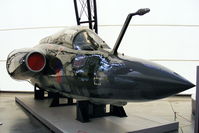 |
painted with the incorrect serial XN972 which was scrapped in 1984 |
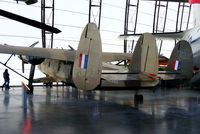 |
Known as the 'Twin Pin', the Twin Pioneer was a follow-up to the same company's single-engined short take-off and landing (STOL) transport, the Pioneer, and like the latter required an area only 30m (99ft) by 275m (902ft) in which to operate. |
 |
One of several projects designed to meet an Operational Requirement for a rocket interceptor, work on the SR53 started in 1952. However, due to development delays the first prototype did not fly until 16 May 1957. |
 |
at the RAF Museum, Cosford |
 |
at the RAF Museum, Cosford |
 |
A much modified Meteor F8 fighter, the 'prone position' Meteor, was used to evaluate the advantages of coping with the effects of gravity while flying lying down. |
 |
at the RAF Museum, Cosford |
 |
at the RAF Museum, Cosford |
 |
Spitfire replica built for the TV programme "Toy Stories" presented by James May. Based on the Airfix kit it was constructed out of fibreglass by Gateguards of Cornwall |
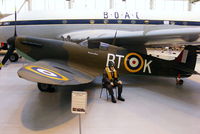 |
Spitfire replica built for the TV programme "Toy Stories" presented by James May. Based on the Airfix kit it was constructed out of fibreglass by Gateguards of Cornwall |
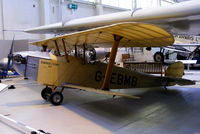 |
The Cygnet was the first aircraft to be designed by Sydney Camm after he joined what was then the Hawker Engineering Company. |
 |
displayed at the RAF Museum, Cosford |
 |
recent addition to the RAF Museum, Cosford |
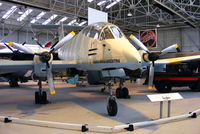 |
one of the five Pucara's that survived the Falkland war and shipped back to the UK |
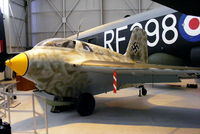 |
in a new colour scheme from my last visit |
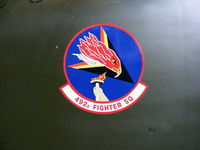 |
at the RAF Museum, Cosford. The 492nd Fighter Squadron (492 FS) is part of the 48th Fighter Wing based at RAF Lakenheath, England |
 |
at the RAF Museum, Cosford |
 |
at the RAF Museum, Cosford |
 |
The Museum's aircraft XM598 was selected as reserve aircraft for the bombing raids on Port Stanley airfield during the Falklands campaign and on six occasions was airborne heading for the Falklands. |
 |
Sikorsky MH-53M Pave Low IV |
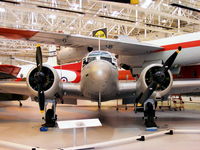 |
Later Ansons, some with metal wing structure, were used as light transports and were in production up until 1947, by which time a total 11020 Ansons had been built in the UK and Canada |
 |
The first P1B Lightning flew on 4 April 1957, It was known as the Lightning and was capable of supersonic interceptions of enemy aircraft; it remained in front line service for nearly three decades |
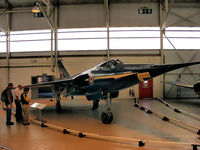 |
Fairey test-pilot Peter Twiss flew the first FD2, WG774, on its maiden flight on 6 October 1954. On the 10 March 1956 an attempt was made on the World Air Speed Record, which Twiss broke by more than 483kph (300mph). The new record was 1820kph (1132mph) |
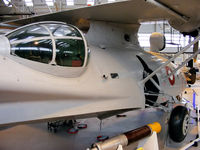 |
Royal Danish Air Force |
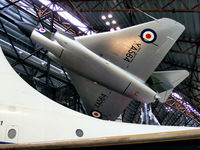 |
The Javelin was the world's first twin-jet delta-wing fighter, designed to intercept bombers at high altitudes and at high subsonic speeds. Electronic and radar devices gave it an all-weather capability |
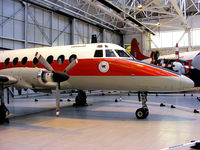 |
preserved at the RAF Museum, Cosford |